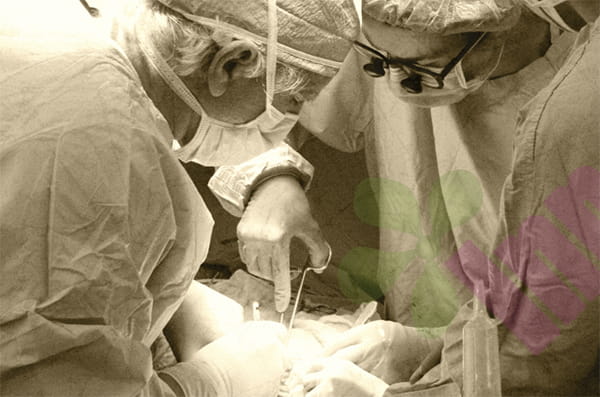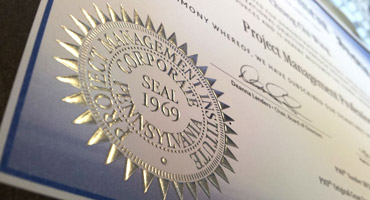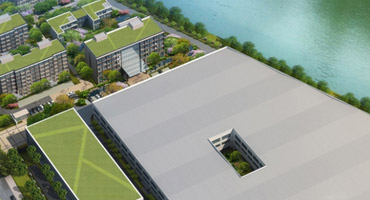Emergency debridement and suturing is a key technology in the field of surgery. It combines debridement and suturing to transform contaminated wounds into clean wounds, thereby promoting tissue healing and restoring the function and morphology of the injured area. Debridement is a surgical procedure to remove foreign matter, necrotic tissue, and contaminants from the wound, while suturing is responsible for reconstructing the broken tissues and restoring their functions.
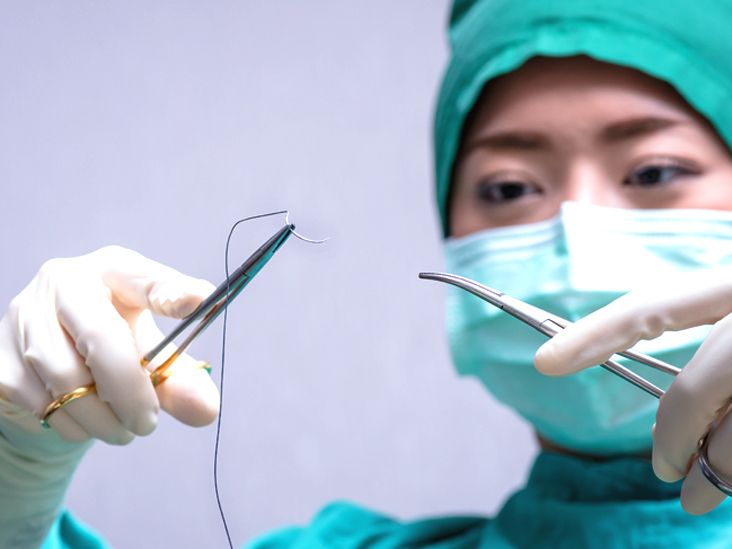
Contraindications of debridement and suturing:
When performing debridement and suturing, the indications and contraindications must be strictly followed. Indications mainly include various types of open injuries, such as fresh wounds within 6-8 hours after injury, or wounds with light contamination and no more than 12 hours. Due to the rich blood supply of head and facial wounds, the timing of debridement can be extended to 24-48 hours after injury. However, for wounds that are severely contaminated or have become purulent and infected, primary suturing is not appropriate, and open drainage should be used instead.
Golden time for wound debridement:
The timing of debridement is crucial. If the condition permits, the sooner the debridement is performed, the better. Even if the wound has signs of infection, as long as there is foreign matter or necrotic tissue, debridement can still be performed, but the wound will not be sutured after debridement. The ideal time for debridement is within 8 hours after injury, and it can be extended to within 12 hours for wounds on the head, face, and hands.
Classification of incision contamination degree:
The classification of the degree of incision contamination is an important part of debridement and suturing. Clean incisions (Class I) refer to non-infected non-traumatic wounds; potentially contaminated incisions (Class II) refer to wounds that may be contaminated during surgery; and contaminated incisions (Class III) refer to wounds that are adjacent to infected areas or tissues that are directly exposed to infected substances.
Why is wound debridement so important? :
The main principle of debridement is to reduce the bacterial content of the wound as much as possible and to suture the damaged tissue. During the debridement process, a comprehensive assessment of the wound is required, including examination of the skin, subcutaneous tissue, fascia, muscle, tendon, bone, and nerve structures. During the assessment, attention should be paid to the blood supply and color of the skin, the 4C principles of fascia and muscle (color, toughness, bleeding, contractility), the vitality of the tendon, the damage to the bone and periosteum, and the functional status of the nerves.
Wound debridement steps:
It includes cleaning and disinfection treatment. When cleaning, first cover the wound with sterile gauze, scrub the skin around the wound with soapy water and a brush, and then rinse the wound with normal saline. After disinfection treatment, spread a sterile treatment towel, perform anesthesia, explore whether there are foreign objects and necrotic tissues in the wound, and take corresponding measures. Iodine is generally used for disinfection. For wounds that may be infected with Clostridium tetani, they need to be rinsed with hydrogen peroxide or hydrogen peroxide and then rinsed with normal saline.
Wound irrigation is an important part of the wound debridement process. Commonly used wound irrigation solutions include tap water, saline, surfactants, disinfectants, and antibiotic solutions. When irrigating, the water flow should be at a certain angle to the wound surface to avoid vertical irrigation that may cause contaminants to remain. For small and deep wounds, the wound should be appropriately expanded before irrigating or deeply irrigated.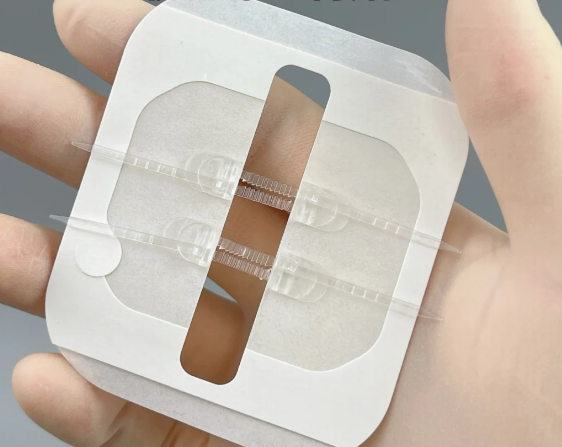
The key to suturing:
Surgery is classified into levels 1 to 4 based on the complexity and technical difficulty of the surgical process. Debridement and suturing are mostly level 1 or level 2 surgeries.
Commonly used sutures include silk, catgut, polyglycolide (PGA), and polyglycolide lactide (PGLA) absorbable sutures, etc. When choosing a suture, factors such as tissue characteristics, wound location, and healing time should be considered.
Taking interrupted skin sutures as an example, the suturing steps include needle insertion, needle withdrawal, needle removal, and needle clamping. Suturing knotting methods include single-handed knotting, double-handed knotting, and needle holder knotting. Common surgical suturing methods include simple suturing, inversion suturing, eversion suturing tension-reducing suturing, etc. Various methods are suitable for different tissues and wound types.
Tendon suturing must be performed under the premise that the wound can heal in the first stage and must be performed without obvious tension. The suture material must have the characteristics of strong tensile strength and little damage to the tendon. The timing of tendon suturing depends on the injury. Early repair can be performed 6-12 hours after injury, and delayed repair is suitable for injuries within 24 hours to 3 weeks after injury.
Wound healing types include primary healing, secondary healing, tertiary healing, or delayed healing. The healing grade is divided into grade A healing, grade B healing, and grade C healing according to the quality of healing.
Emergency debridement and suturing are one of the core techniques that surgeons must master. By strictly mastering the indications and contraindications, choosing the appropriate time for debridement, comprehensively assessing the wound condition, standardizing the debridement and suturing steps, and choosing the appropriate sutures and suturing methods, wound healing can be effectively promoted and the function and morphology of the injured part can be restored. For more information on Innomed®Wound Skin Closure, Refer to the Previous Articles. If you have customized needs, you are welcome to contact us; You Wholeheartedly. At longterm medical, we transform this data by Innovating and Developing Products that Make Life easier for those who need loving care.
Editor: kiki Jia

 English
English عربى
عربى Español
Español русский
русский 中文简体
中文简体